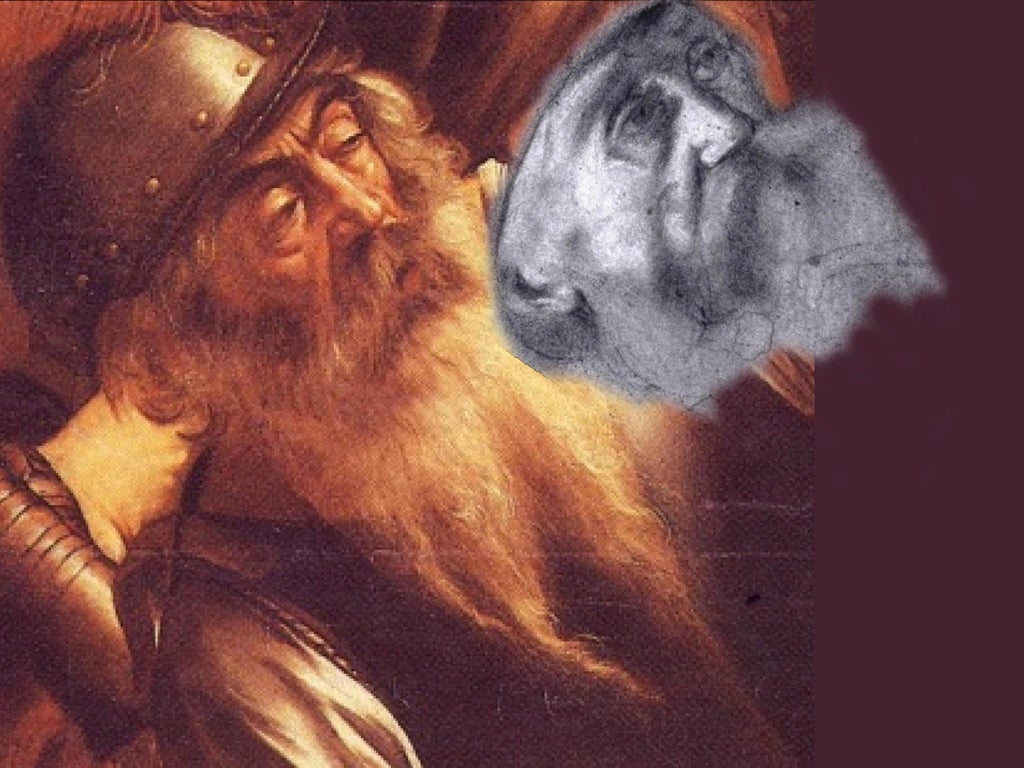Italian art historians claim they have found 100 early Caravaggios
The works showed 'the faces, bodies and scenes Caravaggio would use in later years'

Art historians say they have discovered a cache of over 100 early works by Caravaggio in a castle in Milan.
The remarkable discovery, details of which will be published online today, was last night valued at more than £500m.
Researchers who had been hunting for traces of Caravaggio's early work found the collection of sketches and paintings in the workshop of mannerist painter Simone Peterzano in Milan's Sforzesco castle.
Peterzano was the master of Michelangelo Merisi, better known as Caravaggio, from 1584 to 1588.
"We always felt it was impossible that Caravaggio left no record, no studies in the workshop of a painter as famous as his mentor," Maurizio Bernardelli Curuz Guerrieri, artistic director for the Brescia Museum Foundation said.
Mr Bernardelli and his colleague Adriana Conconi Fedrigolli were allowed access to the works in order to verify their authenticity.
For two years they also examined Caravaggio's works in churches and museums in order to develop a rigorous basis for identifying other early works by the artist.
The researchers said the works showed "the faces, bodies and scenes the young Caravaggio would use in later years".
"Caravaggio left the region of Lombardy with a rich collection of figures that he used throughout his career, but especially in his early years working in Rome. These works are proof," said Mr Bernardelli.
A spokeswoman for the city, which owns the works, sounded a note of caution, however. "The drawings have always been there, and have never yet been attributed to Caravaggio," said Elena Conenna, the city council's culture spokeswoman. She said the city had not been informed about the discovery beforehand and would be "carrying out checks".
"We'll be very happy to discover it's true. But it's strange. They weren't in a hidden place, they were accessible to all," she added.
Caravaggio, the Baroque's great anti-hero, who lived from 1571 to 1610, has become one of the most important figures in the history of Western art.
Interest has been fuelled by fascination with the mercurial painter's lifestyle as well as his extraordinary artistic skills.
He is celebrated for his revolutionary use of contrasting light and dark – chiaroscuro – which anticipated the work of later giants, including Rembrandt and Velázquez. And he is also credited for moving art on from the mannerists' veneration of the High Renaissance.
But the public's imagination has also been captured by his reputation as a sexually ambiguous brawler with a conviction for murder, who fled Rome to join the Knights of Malta.
Join our commenting forum
Join thought-provoking conversations, follow other Independent readers and see their replies
Comments